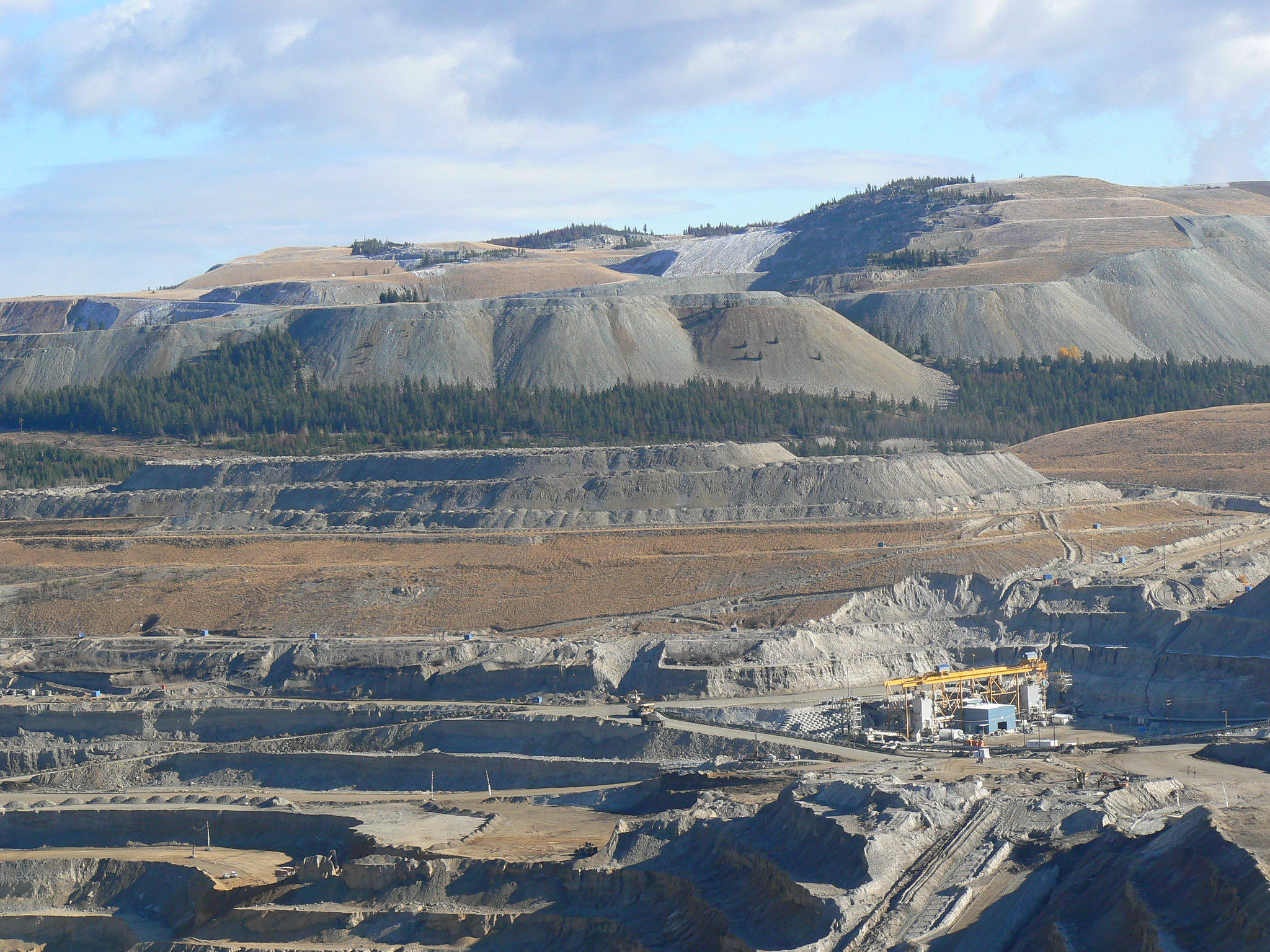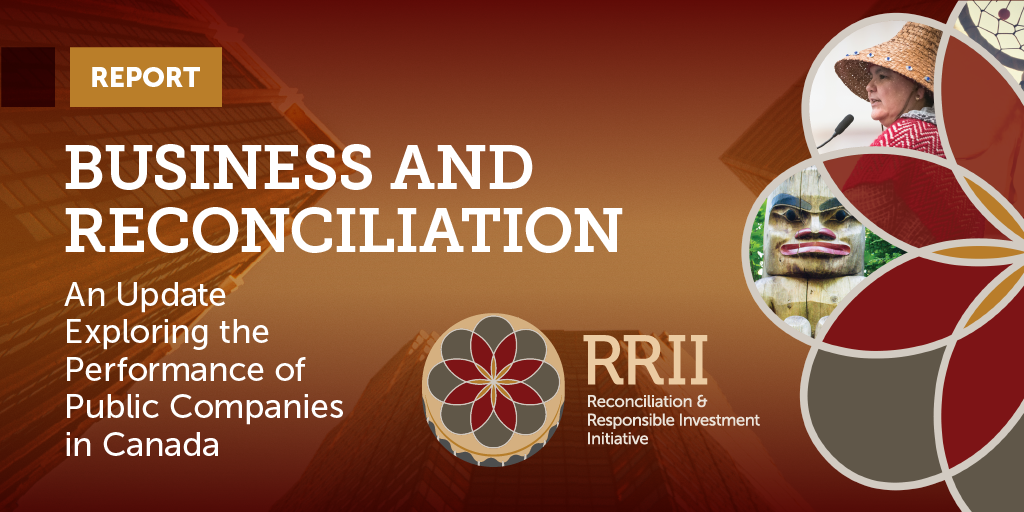In October 2022, members of the Sḵwx̱wú7mesh Úxwumixw (Squamish Nation) rallied to prevent “man camps” from coming to Squamish, British Columbia.
As part of a major energy project in the area, Woodfibre LNG and FortisBC planned on setting up “work camps”, or “man camps”, in Squamish to accommodate the temporary workforce of mainly male employees close to the extractive area. Research from the National Inquiry into Missing and Murdered Indigenous Women and Girls evidenced that resource extraction projects and related activities, such as man camps, can increase the risk of violence against Indigenous women, girls, and 2SLGBTQQIA+ people, including harassment and assault in the workplace, increased violence within Indigenous communities, substance abuse and addictions, and economic insecurity.[1]
“Man camps can end up becoming toxic environments characterized by drug and alcohol abuses, violence, and lack of accountability, which represent a threat to Indigenous women,” says Chanel Blouin, Policy Advisor at the Native Women’s Association of Canada (NWAC).
Advocates on behalf of missing and murdered indigenous women and girls have raised urgent concerns, but their appeals have been largely ignored.[2] “Something that all Canadians need to understand is that the causes of different forms of violence against Indigenous women and girls are rooted in colonial violence,” Blouin explains, “and that colonial violence manifests in many ways in the lives of Indigenous women.”
The resource extraction industry (e.g.: oil, gas, minerals, and aggregates) and development companies in charge of the infrastructure for extraction are responsible for ensuring a safe and dignified life for Indigenous peoples impacted by their projects, particularly those most affected by systemic violence, including women, girls and 2SLGBTQQIA+ people.
Although there is growing awareness of both the United Nations Declaration on the Rights of Indigenous Peoples (UNDRIP), and Truth and Reconciliation Commission (TRC) Call to Action 92, the Calls for Justice from the Final Report of the National Inquiry into Missing and Murdered Indigenous Women and Girls (MMIWG report) have not received the same level of attention, and commitment to action.
Published in 2019, the MMIWG report pointed to acts of violence and genocide committed against First Nations, Inuit and Métis women, girls, and 2SLGBTQQIA+ people.
The MMIWG report demanded the implementation of 231 Calls for Justice by all Canadians, governments, industries, and institutions. In section 13, the report calls on the extractive and development industries to ensure the safety of Indigenous women, girls, and 2SLGBTQQIA+ peoples:
Calls for Extractive and Development Industries:
- 13.1 We call upon all resource-extraction and development industries to consider the safety and security of Indigenous women, girls, and 2SLGBTQQIA people, as well as their equitable benefit from development, at all stages of project planning, assessment, implementation, management, and monitoring.
- 13.2 We call upon all governments and bodies mandated to evaluate, approve, and/or monitor development projects to complete gender-based socio-economic impact assessments on all proposed projects as part of their decision making and ongoing monitoring of projects. Project proposals must include provisions and plans to mitigate risks and impacts identified in the impact assessments prior to being approved.
- 13.3 We call upon all parties involved in the negotiations of impact-benefit agreements related to resource-extraction and development projects to include provisions that address the impacts of projects on the safety and security of Indigenous women, girls, and 2SLGBTQQIA people. Provisions must also be included to ensure that Indigenous women and 2SLGBTQQIA people equitably benefit from the projects.
- 13.4 We call upon the federal, provincial, and territorial governments to fund further inquiries and studies in order to better understand the relationship between resource extraction and other development projects and violence against Indigenous women, girls, and 2SLGBTQQIA people. At a minimum, we support the call of Indigenous women and leaders for a public inquiry into the sexual violence and racism at hydroelectric projects in northern Manitoba.
- 13.5 We call upon resource-extraction and development industries and all governments and service providers to anticipate and recognize increased demand on social infrastructure because of development projects and resource extraction, and for mitigation measures to be identified as part of the planning and approval process. Social infrastructure must be expanded, and service capacity built to meet the anticipated needs of the host communities in advance of the start of projects. This includes but is not limited to ensuring that policing, social services, and health services are adequately staffed and resourced [3]
These Calls for Justice are imperatives, not suggestions, and there is an opportunity for investors to help promote and advance the transformative changes needed to end violence against Indigenous women, girls, and 2SLGBTQQIA+ people.
According to the OECD Guidelines for Multinational Enterprises, investors are expected to consider responsible business conduct risks throughout their investment process and to use their leverage with the companies they invest in to influence those investee companies to prevent or mitigate adverse impacts, including impacts on human rights.[4] In the context of acts of violence against Indigenous women, girls and 2SLGBTQQIA+ people, investors can advocate that companies support and advance Indigenous rights and reconciliation by incorporating the TRC Calls to Action, UNDRIP principles, and MMIWG report Calls for Justice into their corporate policies and practices, including in their due diligence processes. All three frameworks must be included to build a holistic, decolonized, and trauma-informed approach.
The approaches investors can employ to support the TRC Calls to Action, UNDRIP principles, and MMIWG report Calls for Justice are not limited to direct engagement with investee companies, but could also involve directing capital towards investments that support Indigenous businesses and economic development opportunities to generate employment and entrepreneurship opportunities for Indigenous youth, women, and gender-diverse people. The Calls for Justice on Indigenous economic development and self-sufficiency, such as Calls 1.3, 1.8, and 2.5, can also benefit from investors’ support and participation. As Blouin notes, having economic freedom is important in violence prevention. “Lack of access to employment in nearby communities can lead Indigenous women to other forms of employment in man camps and resort to sex work, exposing them to violence.”
Key Questions and Considerations for Investors
- Have you assessed your portfolio for risks and opportunities to ensure the safety, security, and well-being of Indigenous women, girls, and 2SLGBTQQIA+ people?
- Do your investment policies and due diligence practices incorporate considerations related to upholding Indigenous rights, and ensuring the safety and wellbeing of Indigenous women, girls, and 2SLGBTQQIA+ people into the asset selection process?
- Does your investment strategy include seeking opportunities to support or create economic opportunities for Indigenous women, girls, and 2SLGBTQQIA+ people?
- How does your firm engage with Indigenous organizations, especially those working with Indigenous women, girls, and 2SLGBTQQIA+ people?
Investors play a vital role in promoting and advancing Indigenous reconciliation, which is impossible if we don’t prioritize the safety of Indigenous women, girls, and 2SLGBTQQIA+ people. A comprehensive approach to implementing the TRC Calls to Action, UNDRIP principles, and MMIWG report Calls for Justice can transform investors’ decisions and practices, improve corporate actions, protect Indigenous women, girls, and 2SLGBTQQIA+ peoples, and build a more inclusive and safe society.
[1] See more: National Inquiry into Missing Indigenous Women and Girls. (2019). Reclaiming Power and Place (p. 584). https://www.mmiwg-ffada.ca/wp-content/uploads/2019/06/Final_Report_Vol_1a-1.pdf; See more: Fennario, T. (2018). Effects of mining and resource extraction topic at MMIWG hearings. National News. https://www.aptnnews.ca/national-news/effects-of-mining-and-resource-extraction-topic-at-mmiwg-hearings/; See more: Linnitt, C. (2020). B.C. failed to consider links between ‘man camps,’ violence against Indigenous women, Wet’suwet’en argue. The Narwhal. https://thenarwhal.ca/b-c-failed-to-consider-links-between-man-camps-violence-against-indigenous-women-wetsuweten-argue/#:~:text=A%20final%20report%20released%20from,and%20in%20the%20neighbouring%20communities.%E2%80%9D
[2] See more: Jung, C (Hwa Song). (2022). Work camp for new B.C. energy project raises safety concerns for Indigenous women and girls. CBC News. https://www.cbc.ca/news/canada/british-columbia/fn-women-communities-workcamp-1.6608499; Hughes, A. (2022). Speakers at MMIWG event wary of work camps in Squamish. The Squamish Chief. https://www.squamishchief.com/local-news/speakers-at-mmiwg-event-wary-of-work-camps-in-squamish-5928992
[3] National Inquiry into Missing Indigenous Women and Girls. (2019). Reclaiming Power and Place. Calls for Justice. https://www.mmiwg-ffada.ca/wp-content/uploads/2019/06/Calls_for_Justice.pdf
[4] https://mneguidelines.oecd.org/RBC-for-Institutional-Investors.pdf



